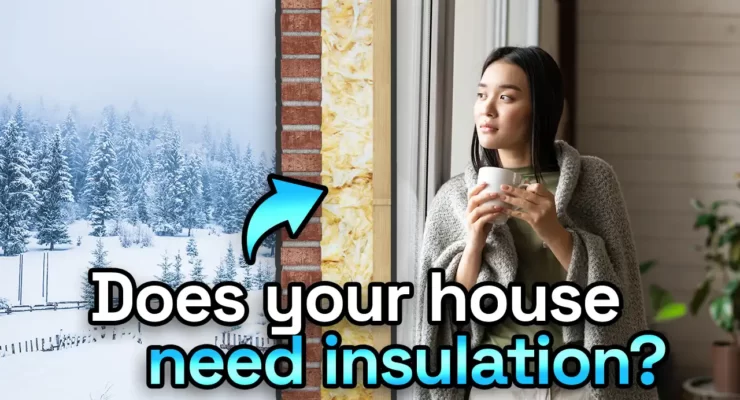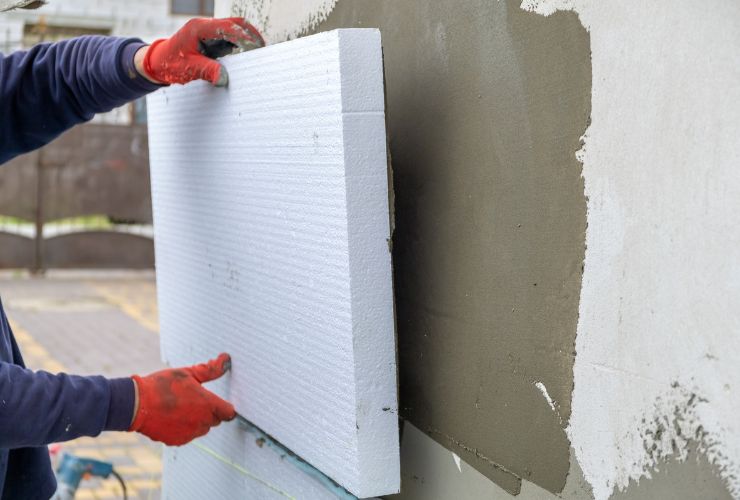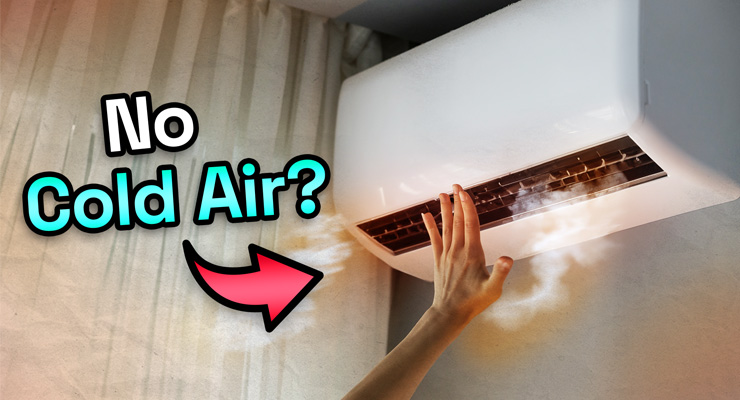
Fast read
Since insulation helps control temperature and lower energy costs, insulation is crucial to a home's energy efficiency. A few warning signals might help you determine whether your home needs insulation.
These include temperature differences between rooms, chilly walls, floors, ceilings, high energy costs, outdated or inefficient insulation, frozen water pipes, bugs or vermin in the attic, and feeling draughts.
You should consider elements like the type of roof, location, and budget when choosing the finest kind of insulation for your home. An expert can examine your home's insulation requirements and suggest the best action.
How do I know if my home needs insulation?
Whether it’s a hot summer or one of the freezing winters, one thing is for sure. Insulation is an efficient way to regulate your home temperature all year round.
While there are several ways to maximise your home’s ability to regulate temperature, none offer the same efficiency both cost and performance-wise as insulation does.
Insulation will consequently lower your energy bills and have an excellent return on investment. Therefore, it is one of the most important energy efficiency measures for one’s home.
We recommend that you explore insulation on your roof.
If you have insulation installed and are unsure whether your house is under-insulated or still uncertain whether your home needs insulation, here are some tips for working out if insulation could help you.
Do you have higher temperature changes between your rooms?
A major red flag that your home requires insulation is if you notice a substantial temperature change when you move from one room to another. Your house should generally be consistent in temperatures across the board. If this is not the case, insulation is likely to help.
Do you have cold walls, floors, and ceilings?
A common way to see if insulation is required is the touch test. The interior walls and floors of your home should feel warm and dry. Alternatively, touching an exterior wall should feel cold, as the warm air should be kept inside.
Are you getting high energy bills?
If you already have insulation installed in your home, a detailed inspection is the primary way to tell if it is working properly. Because you will have no access to internal wall cavities, the easiest inspection will be roof cavities and under the floor. But, again, we recommend an expert, as going on the roof is not something for laypersons.
Insulation should be evenly distributed and leave no area uncovered. Are there gaps in the insulation, or has it been distributed evenly? Are there some spots where there are two layers of insulation and then spots where there is only a single layer – or no layer at all?
Is the insulation ancient and covered in a thick layer of dust? If you say yes to any of these options, then there is room to improve your home’s insulation.
Also, you should have roof insulation of more than 100mm either in roll, loose fill, or batt style insulation. If you have a thinner cover, you can add layers to boost insulation effectiveness.
Access to your roof may be difficult because of the awkward placement of joists and other objects. In this case, a fire-retardant loose-fill or blown-in insulation is the best choice. However, the blanket insulation is more cost-effective and will work well if you have regular joist spacing.
It is important to note that insulating a flat roof property with rigid insulation boards is best. The insulation boards can then be covered with a waterproof coating. Flat roofs can be insulated from the inside, but this could lead to dampness problems. Consider – the ceiling will also be lower if you install internal insulation.
Do you get frozen water pipes?
If your home is in an area that can reach below zero degrees, not having insulation or having a home under-insulated may result in frozen water pipes. This can lead to pipe bursts, costing thousands of dollars and wasting time. Water pipes can also be insulated separately with unique insulation material, usually foam.
Have you found bugs and vermin inside your roof?
Suppose you have spotted bugs in your attic when you go up there or droppings of mice; then, it may be a sign that your home needs insulation. Most of the time, these critters will enter through holes and crevices in your property. By insulating your home and closing the gaps, for example, with foam insulation, you can simultaneously avoid this problem and regulate your home’s temperature.
Can you sometimes feel cold drafts in your home?
If you have walked into a room with its doors and windows closed but still felt a cold breeze, your home may need insulation. This occurs when there are gaps between your window and door frames. This can be fixed through foam roll insulation and spray insulation. You can also use “snakes“, made of cotton material and sand, to close the gaps below the door.

Have you considered outside wall insulation?
If your property’s outside wall is in good condition and the hollow between the inner and outer walls is at least 5 cm, Cavity wall insulation will suit you. Nevertheless, many older houses don’t have hollow walls or accessible wall cavities.
Suppose your home falls in this category. Especially if it’s an older home, you might want to explore solid wall insulation inside or outside. However, this extensive project can be costly and disruptive, especially if you’re insulating an interior stable wall.
However, it can be done at the same time as other construction work as well as other energy-efficient installations such as air conditioning, saving you energy and money on installation.
Finally, if your property has older floors that are suspended, for example, Kauri or Cypress pine timber floors – floor insulation may be suitable. Floor insulation is not recommended for older houses with concrete floors.
Having a registered installer check the insulation level before starting any work, especially if it concerns cavity walls, is always a good idea.


